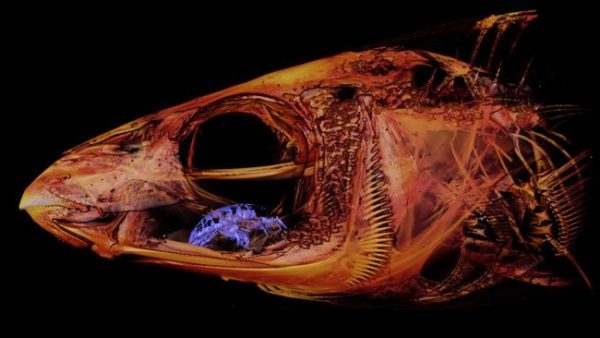SCIENCE: Rumors of the Y Chromosome’s Demise Are Exaggerated
The sex we’re assigned at birth depends largely on a genetic flip of the coin: X or Y? Two X chromosomes and you (almost always) develop ovaries. An X and a Y chromosome? Testes. These packages of genetic material don’t just differ in terms of the body parts they give us. With 45 genes (in comparison to around 1,000 on the X), the Y chromosome is puny. And research suggests it has shrunk over time — a proposition that some have, in turns, glumly or gleefully interpreted as predicting the demise of men. So is the Y chromosome really dying … Read more












